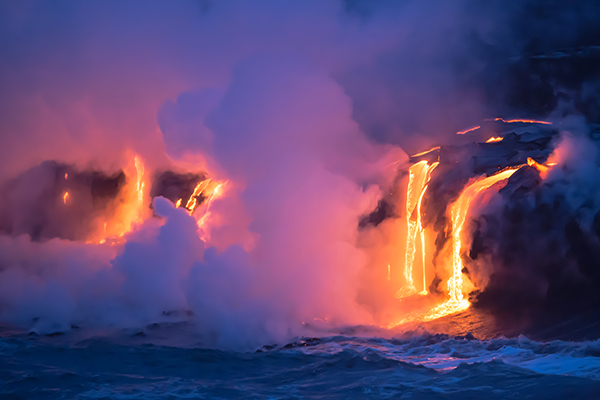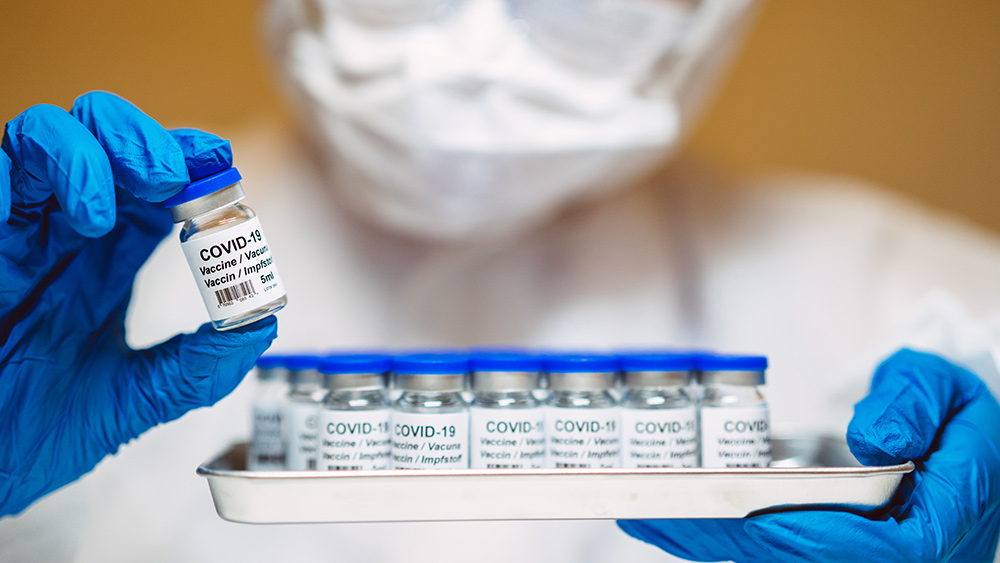 Parler
Parler Gab
Gab
- Astronomers found potential biosignatures of life on exoplanet K2-18b using the James Webb Space Telescope.
- Dimethyl sulfide (DMS), a molecule linked to life on Earth, was detected in K2-18b’s atmosphere.
- Scientists remain cautious, needing further data to confirm the findings at a five-sigma confidence level.
- If verified, this would be the first evidence of life-supporting conditions on a habitable exoplanet.
- The discovery could redefine how we search for extraterrestrial life, prioritizing sulfur-based molecules.
K2-18b’s detections stir excitement and caution
K2-18b, a so-called Hycean world suspected to host a vast ocean beneath a hydrogen-rich atmosphere, was targeted based on its potential to harbor liquid water and moderate temperatures. Previous studies identified carbon dioxide and methane in its atmosphere, but the new analysis adds sulfur-based molecules to the mix. DMS on Earth is produced primarily by marine phytoplankton, spurring researchers to suggest similar organisms might exist there. “This is a revolutionary moment. It’s the first time humanity has seen potential biosignatures on a habitable planet,” said lead author Nikku Madhusudhan, an astrophysicist at Cambridge University. “The signal came through strong and clear.” The team used JWST’s Mid-Infrared Instrument (MIRI) to replicate 2023 findings from other JWST instruments, boosting confidence in the detection. The analyses, however, come with caveats. Study coauthor Subhajit Sarkar noted, “The inference of these biosignature molecules poses profound questions concerning the processes that might be producing them.” While DMS concentrations were estimated at over 10 parts per million — thousands of times higher than Earth — the results are preliminary.The long road to confirmation
Scientists emphasize that correlation is not causation. Hycean worlds, proposed by Madhusudhan in 2021, are speculative and could exhibit non-biological behaviors. The lack of observed ethane — a byproduct that would form if DMS were present — puzzles some experts, as University of California researcher Eddie Schwieterman noted: “The absence of ethane makes me think we’ve missed something.” Currently, the findings have reached a three-sigma significance — 99.7% confidence — but a five-sigma threshold (99.99994% certainty) is needed to claim discovery. Madhusudhan argues this milestone “ushers in a new era” but acknowledges needed groundwork: 16–24 additional hours of JWST time and independent replication by other teams after data release next week. The discovery arrives amid a rapid evolution in exoplanet science. JWST, launched in 2021, enables finely detailed atmospheric analysis of distant worlds, while the Hycean concept has redefined habitability targets beyond Earth-like planets. As debates continue, the data holds profound implications. If confirmed, DMS and DMDS could join oxygen as canonical biosignatures. But even if disproven, the study fuels a new strategy: prioritizing sulfur molecules instead of traditional candidates. “In my mind, it is no longer a question of whether we will find life if such life exists,” Madhusudhan said. “We have demonstrated that we have the capability to do so with our initial current findings at reasonable significance. A bigger question in my mind is whether we as a species are prepared to find life as we don’t know it. We as a society, as a species, should come together and ask ourselves the question: What is it that constitutes life elsewhere?” The search for life isn’t just about telescopic data — it’s a cultural reckoning. As the scientific community holds its breath, K2-18b remains a mirror reflecting our hopes, our skepticism, and our audacity to seek answers in the dark beyond Earth. Sources for this article include: YourNews.com CNN.com Space.comThe remarkable heart-friendly properties of avocados
By News Editors // Share
Science reshapes autism care by looking beyond the brain
By Olivia Cook // Share
Ancient hydrogen and magma ocean offer clues about Earth’s origins
By Willow Tohi // Share
Breakthrough quantum phase observed, paving the way for advanced computing and sensing
By Willow Tohi // Share
Eat your MEAT! Study finds children need to eat more animal protein for survival and development
By Willow Tohi // Share
Governments continue to obscure COVID-19 vaccine data amid rising concerns over excess deaths
By patricklewis // Share
Tech giant Microsoft backs EXTINCTION with its support of carbon capture programs
By ramontomeydw // Share
Germany to resume arms exports to Israel despite repeated ceasefire violations
By isabelle // Share










